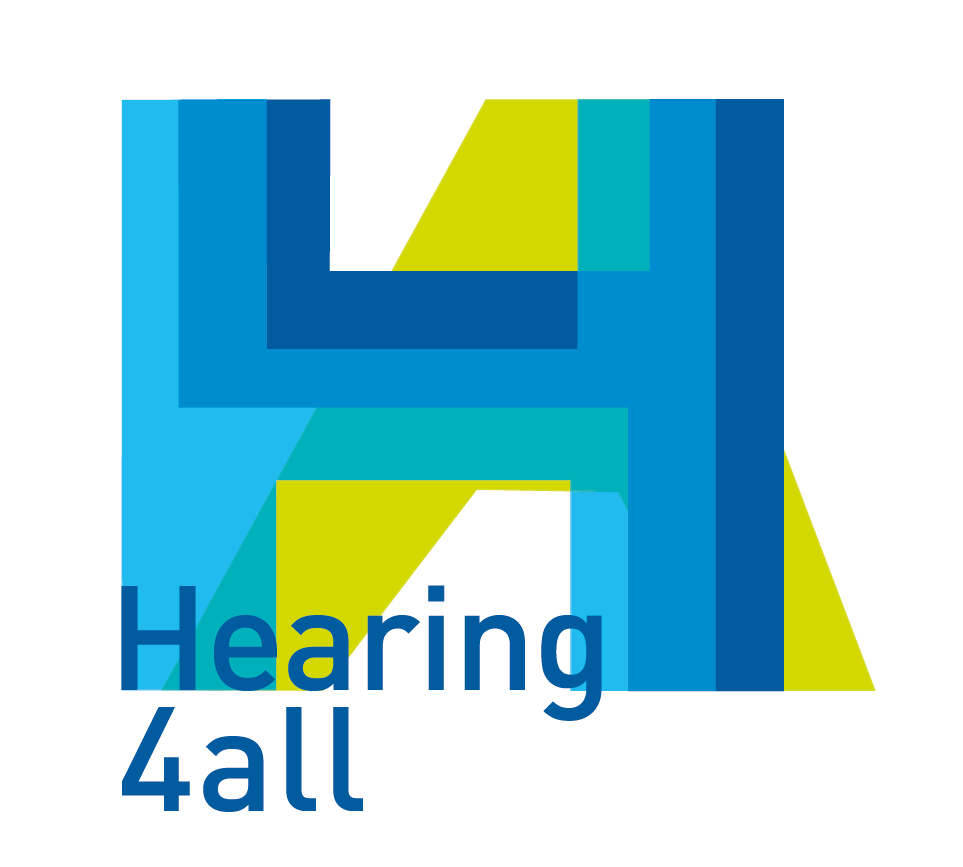Subjective self-assessment of bimodal fusion
In recent years, implantation criteria for cochlear implants have changed and we see more and more so-called bimodal patients wearing a cochlear implant (CI) on one side and a hearing aid (HA) on the other side. Bimodal users thus listen with two devices that deliver sound in a very different manner due to their working principles. The HA and CI devices are often manufactured by different companies, use different processing strategies and are typically fitted by different professionals. Today, no universally accepted bimodal fitting scheme is available and many patients experience two sound percepts that are not matched in pitch and loudness.
From this the question arises, whether bimodal users fuse sounds from both ears, like normal hearing persons do. Are they perceiving just one sound object or do they perceive a more complex acoustic scene with two simultaneous sound objects?
In order to assess this question, 9 bimodal users were interviewed based on a self-assessment questionnaire. This questionnaire was divided into two parts: First, their auditory experiences such as speech perception in noise, distance perception and listening effort were assessed using the SSQ5 questionnaire (see Mertens 2013). Then, they were asked to rate the difference in perception for sounds of a single sound source across their two ears and additionally rate a possible difference in pitch and loudness, as well as preference for localization and sound quality. The latter was rated for six everyday situations, each in the context of having a conversation: Quiet, a busy restaurant, nature with wind, a busy street at rush-hour, listening to music and shopping in a supermarket.
The everyday situations do not yield significantly different results and are therefore considered together. Altogether, the answers indicate that a 4 out of 9 participants report to perceive a single fused sound object despite significant differences across ears in pitch and loudness. While this does not seem to affect perceived speech perception in noise or localization abilities, bimodal users that report a low difference in perception also report less cognitive effort.
More data will be collected in order to confirm the bimodal distribution of the two groups perceiving either fusion or no fusion.
Warning: Use of undefined constant s - assumed 's' (this will throw an Error in a future version of PHP) in /home/spinnluxnr/www/2017/pages/programme.php on line 208


